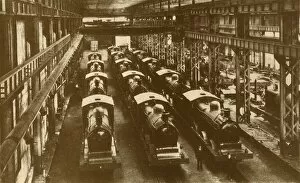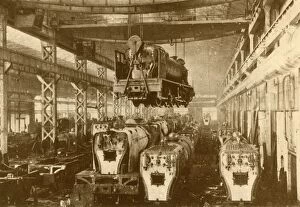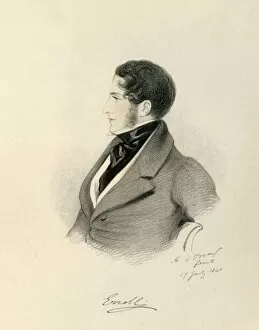William George Collection
William George Armstrong, a prominent figure in the late 19th century, left an indelible mark on history as an English industrialist, inventor, and scientist
All Professionally Made to Order for Quick Shipping
William George Armstrong, a prominent figure in the late 19th century, left an indelible mark on history as an English industrialist, inventor, and scientist. Known by many titles such as Captain G Middleton and Sir W. G. Armstrong, his contributions spanned across various fields. In 1870, at Bamborough Castle, Armstrong's genius was showcased through a printer's sample for the World Inventors souvenir album. This exquisite piece displayed his innovative mind and attention to detail. One of his most remarkable achievements came in June 1887 when he oversaw the firing of the awe-inspiring 111-Ton Gun at Woolwich. The sheer power unleashed that day marked a turning point in military technology. Armstrong's influence extended beyond weaponry; he also revolutionized transportation with locomotives ready for shipment overseas around 1930. His expertise is evident in every bolt and rivet meticulously crafted by him. The Erecting Shop captured Armstrong's dedication to perfection during this era. With passion radiating from each photograph taken by him around 1930, it becomes clear that no detail escaped his discerning eye. Not only did William George Armstrong excel in industry but also had artistic talents worth mentioning. In collaboration with Richard James Lane, he created masterpieces like "Erroll" and "The Earl of Erroll" back in 1840 - testaments to his multifaceted nature. Jesmond Dene stands as a testament to Armstrong's love for Newcastle - its beauty immortalized through photographs circa 1905 by this visionary industrialist himself. A portrait from approximately 1924 portrays William George Armstrong amidst all his accomplishments - a man who shaped industries with unwavering determination and brilliance unmatched by any other innovator of his time. Even Gatling rapid-fire guns owe their existence partly to William George Armstrong’s ingenuity; an artist rendering them back in1862 showcases how far ahead of his time he truly was.















